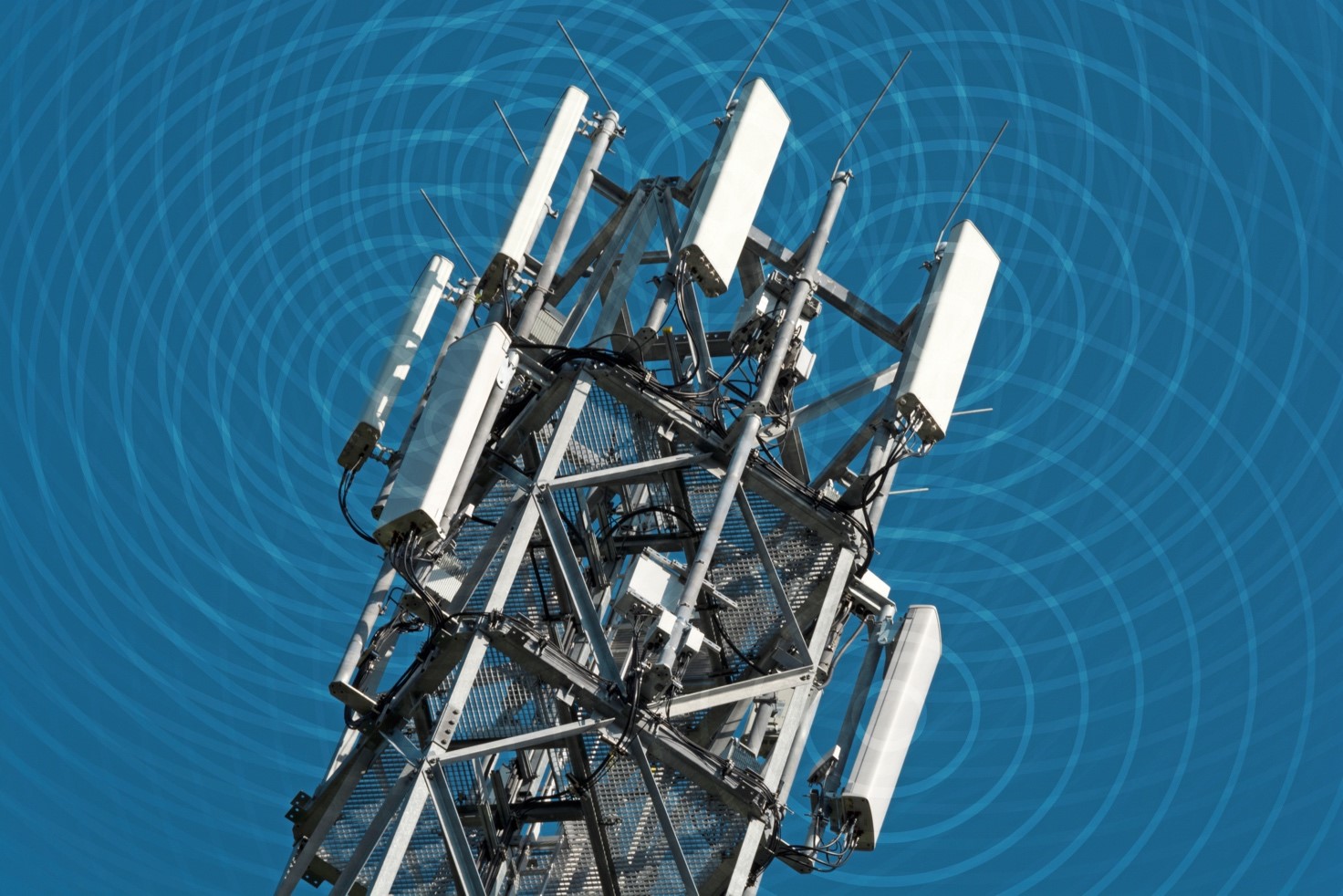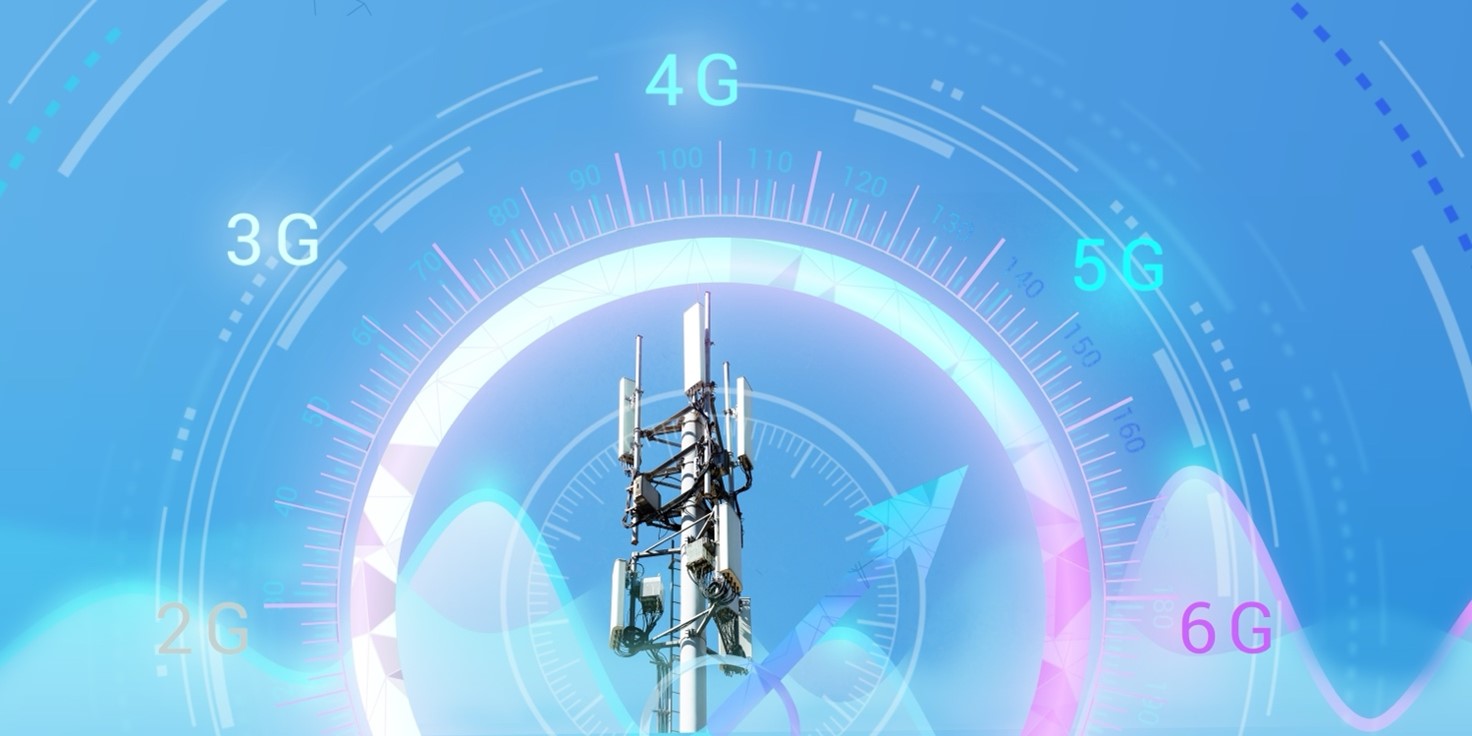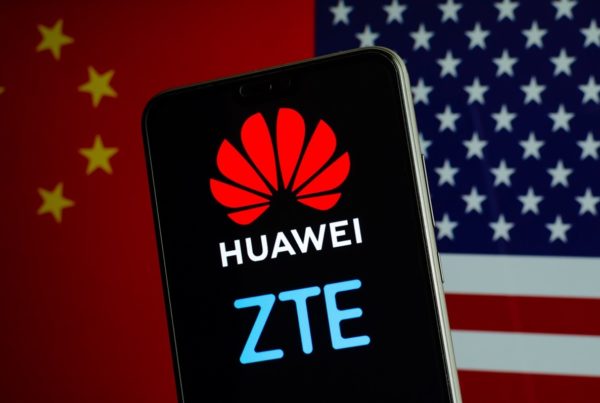At the end of 2023 Italy took one step forward in implementing the precautionary measures on electromagnetic pollution. Last year, on December 19th the Italian Chamber of Deputies approved the Legislative Decree setting limits on exposure to electromagnetic fields; these limits are set “provisionally and precautionarily” as follows: the electric field E intensity to a value of 15 V/m; the magnetic field H intensity to a value of 0.039 A/m, and power D density to a value of 0.59 W/m2. The Ministry of Enterprises and Made in Italy endorsed the Decree establishing that it carries out the gathering and processing of data related to sources connected to installations, devices, and radioelectric systems for civilian telecommunications purposes. The Ministry of Environment, the Ministry of Health and the Interministerial Committee need to be up to date about these data which can help prevent and reduce the impact of electromagnetic pollution resulting, then, in the implementation of environmental monitoring activities.
 20 years later, Italy is in step with the times: new preventive measures about electromagnetic emissions
20 years later, Italy is in step with the times: new preventive measures about electromagnetic emissions
Despite several mobile operators had complained about the former Italian Decree, asking for its revision, it hadn’t undergone significant changes. Indeed, the electromagnetic emission limits represent one of the main constraints while planning and mapping out the infrastructure of IT networks. Even if the value of 15V/m is still four times lower than European limits, mobile operators will be able to benefit from new measures about the increase of the limits. 12 EU Member States (Portugal, Spain, France, Ireland, Germany, Czech Republic, Slovakia, Hungary, Romania, Finland, Estonia and Cyprus) have embraced EU regulations setting the limit to 61 V/M. Five states only (Netherlands, Denmark, Sweden, Latvia and Austria) haven’t set these same limits as others or, if so, they have set higher limits compared to those established by the EU.
Eight countries (Italy, Belgium, Slovenia, Croatia, Greece, Bulgaria, Poland, and Lithuania) have set stricter limits and despite these regulations, Italy wouldn’t be able to reach the European limit. The Ministry of Enterprises and Made in Italy has stated as follows: “countries like Germany and Spain have been endorsing EU limits since 20 years without identifying anomalies and significant impacts on their population.” Furthermore, according to professionals from the Ministry, the increasing of limits would improve network coverage, allowing people to benefit from faster and more reliable data speed by decreasing both the economic impact for operators and the proliferation of antennas on the Italian soil.
Potential risks and consequences while implementing new networks
From a technical point of view, limits of exposure to electromagnetic fields are one of the main constraints to be considered while mapping out network mobile radio. In fact, the power of mobile cell transmitters can impact their coverage area. So, to make it easier, with the same conditions (frequency, obstacles, etc.), a cell transmitting the signal at a lower power has a lower network coverage. As a result, to cover the same portion of territory, operators must necessarily install a greater number of cells, thus, significantly increasing their investments for the development of the access network. However, due to emission limits, the ability of a mobile operator to install his/her own equipment is very limited: the chance of installing access network equipment at an existing site is not only subject to the availability of physical space but also to the level of radiofrequency electromagnetic fields.
The 2019 study “Exposure Limits to Electromagnetic Fields and 5G Network Development” by Politecnico di Milano provides interesting results in this regard. Specifically, it shows that implementing 5G technology using existing sites with electromagnetic field emission levels, up to 6 V/m limit, would result in low-quality networks. At the same time, it estimates that the Italian electromagnetic field emission limits, 62% of existing sites, can’t support the roll-out of 5G access networks.
The environmental restrictions of many municipalities would compromise the building of new sites. Furthermore, although 5G networks medium and long-term policies will gradually phase out some of the EMF space currently used for 2G and 3G ones, not all operators have legacy networks that can be shut down to free up EMF space for installing 5G equipment. Also, the shutdown of these networks might not always be possible as critical services, such as Machine-to-Machine communications used for telemetry, etc., depend on them. Therefore, Italian operators are shutting down 3G networks only while planning to keep their 2G networks active (at least until 2029.) According to the study, the use of existing sites is crucial for Italian operators who are in the process of deploying 5G networks.
As of today, Italian mobile operators use a Non-Stand-Alone 5G network architecture, while the 4G core legacy network and LTE radio access (known as an “anchor”) are used to provide 5G services. This makes it very hard, if not impossible, to install 5G equipment on new sites. Also, costs and time required for relocating all equipment to an alternative site would be higher and poorly justifiable.
 Advantages for mobile operators
Advantages for mobile operators
The increase of electromagnetic emission limits will therefore allow operators to map out sparse networks and invest less money. This could help Italian mobile operators who not only have to deal with a highly competitive market but also with high deployment costs for networks installation and for a progressive decrease of revenues. According to data from the Digital Innovation Observatory of Politecnico di Milano, mobile sector revenues decreased by 45.7% from 2008 to 2021. However, the increase of electromagnetic emission limits is not just a necessary step but it is a key measure to promote the widespread deployment of 5G networks in Italy and to boost the competitiveness of the mobile industry. This measure could trigger a chain effect which, due to the decrease of available sites, could reduce the investments, the time needed for network roll-out, management and maintenance costs.
 5G networks and their potential impact on human health
5G networks and their potential impact on human health
The current debate is centered on potential health consequences due to exposure to higher levels of electromagnetic fields. According to a recent study by Centro Nazionale per la Protezione dalle Radiazioni e Fisica Computazionale dell’Istituto Superiore di Sanità the upcoming introduction of 5G networks will result in more people being exposed to radiofrequency electromagnetic fields with frequency bands (694-790 MHz, 3.6-3.8 GHz, and 26.5-27.5 GHz) different from those currently used for mobile networks (from 800 MHz to 2.6 GHz).
5G networks will not only be used to ease communication between people but also to implement the so-called Internet of Things, a growing network of objects, devices and machines each able to communicate with the other using a wireless network to access Internet. IoT devices, mostly use to the 26.5-27.5 GHz band frequency and often referred to as “millimeter waves,” correspond to band frequencies between 30 and 300 GHz. So far, the consequences on human health are short-term effects provoked by the interaction between electromagnetic fields and biological organisms.
International protection standards define limits of exposure to electromagnetic fields whose compliance ensure that the threshold for thermal effects is not exceeded. These standards have been adopted by various countries around the world and partially by Italy, where exposure limits and values (not to be exceeded in places with lots of people) are more restrictive than international ones, aimed at preventing human health from potential long-term effects.
5G wireless network, similar to the second-generation (2G), third-generation (3G), and fourth-generation (4G) mobile technologies, does not need electromagnetic signals causing notable rises in the body temperature of individuals exposed to them. Consequently, there are no anticipated concerns regarding the established effects of electromagnetic fields. Furthermore, the exposure levels for people could be significantly lower than the thresholds for short-term thermal effects, but the proliferation of antennas should also not result in widespread increases in exposure: this is because the reduced size of the cells will lead to lower emission powers compared to those required for covering macro cells. Focusing on the implementation of body scanners in international airports which expose passengers to electromagnetic fields having similar frequencies to those used in 5G, some studies have investigated the biological effects and health risks associated with millimeter waves.
A study from French AFSSET agency hasn’t led to concrete and definitive results. In 2011, the International Agency for Research on Cancer (IARC) assessed the potential carcinogenic effects of radiofrequency electromagnetic fields emitted by cell phones, radio and television antennas, fixed cellular telephony antennas, and high-power industrial equipment. Their conclusion was that the collective body of studies reviewed didn’t provide enough evidence to support the hypothesis that electromagnetic fields were dangerous for people health. The IARC report also examined studies regarding electromagnetic fields emitted by sources other than mobile phones, including frequencies comparable to those used by 5G; however, these studies provided a less conclusive and less exhaustive evidence compared to studies on cell phone users.
In conclusion, the available data don’t suggest any particular and serious health issues associated with the introduction of 5G networks. However, the implementation of this new technology must be accompanied by a careful monitoring of exposure levels (as already done for mobile technologies) and by constant research on potential long-term effects.
 EU regulation on the exposure to electromagnetic fields
EU regulation on the exposure to electromagnetic fields
EU and international regulations on the exposure to electromagnetic and radiofrequency fields base their scientific evidence on the studies conducted by the International Commission on Non-Ionizing Radiation Protection (ICNIRP) which, in 1998, published general guidelines about limiting people exposure to electromagnetic fields from 0Hz to 300 GHz. These guidelines were widely endorsed and adopted at European level with the Recommendation of EU Council dating back to July 12, 1999.
Later in 2020, ICNIRP published the updated version of its guidelines, resulting in a different methodology and a broader framework for the implementation of 5G technologies. These guidelines analyze the characteristics of radiofrequency electromagnetic fields having a higher frequency than 24GHz (commonly used in 5G devices). Moreover, they impose such restrictions that the absorbed power density is lower than standard values which could, otherwise, potentially pose risks to human health. As the frequency increases, electromagnetic waves penetrate the human body to a lesser extent.
That’s the reason why according to ICNIRP the exposure to radiofrequency electromagnetic fields emitted by 5G technologies doesn’t pose risks to human health. The European Commission has already begun preliminary work for the implementation of new guidelines as well as to for the revision of the current ones. Nonetheless, it is important to notice that reference levels defined by ICNIRP in 1998 are still valid, even when applied to 5G new technologies.
Under existing regulations, EU Member States can either adhere to the emission limits outlined in the Recommendation or opt for more stringent measures. However, choosing to implement stricter limits is not typically the main course of action, as only few EU Member States, such as Italy, have actually enforced stricter restrictions.
Final thoughts
After 20 years, the implementation of the Italian regulation about the exposure to electromagnetic fields undoubtedly represents a significant step forward TCL industry, which has to deal with the repercussions of the former regulation in terms of adopting better technological standards for 5G devices.
The new regulation will help operators mitigate and manage the financial impact of implementing these new networks: users will, consequently, be able to benefit from more efficient and stable networks facilitating the digitalization of our country. According to scientific studies, as of today, there is no clear evidence about the adverse effects of 5G waves on human health. Nonetheless, we should always pay attention to potential health risks and, therefore, accompany the implementation of 5G technologies with studies having a multi-year projection covering long term effects.





